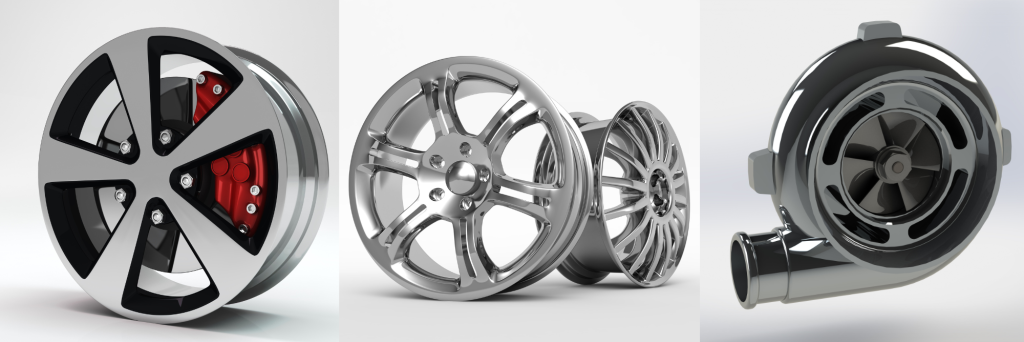Realistic renders of products offer a multitude of benefits across various aspects of product development, marketing, and sales. These high-fidelity visualizations can significantly impact the way a product is perceived and interacted with by potential customers, stakeholders, and team members. Here are several key advantages:
Enhanced Product Visualization: Realistic renders provide a detailed and accurate representation of the product, allowing viewers to appreciate its design, texture, materials, and functionality. This level of detail is especially important for conveying the quality and value of the product to potential customers.
Improved Marketing and Sales Strategies: With the ability to showcase products in their best light, realistic renders can be used across various marketing channels—such as social media, websites, and digital advertisements—to capture attention and generate interest. They can also be used in sales presentations to provide a compelling visual aid that enhances the narrative around the product.
Cost-Effective Prototyping: Creating physical prototypes can be expensive and time-consuming, particularly for complex products. Realistic renders allow designers and engineers to explore different design options and make modifications before any physical model is produced, saving both time and resources.
Pre-Launch Buzz and Interest: Realistic renders can generate excitement and anticipation for a product before it is physically available. By sharing these visuals, companies can gauge customer interest, gather feedback, and even secure pre-orders, providing valuable market insights and early sales momentum.
Versatility in Application: High-quality renders can be adapted for various uses, including but not limited to, product listings, investor pitches, crowdfunding campaigns, and user manuals. This versatility makes them an invaluable asset throughout the product lifecycle.
Facilitates Decision Making: Realistic renders can help stakeholders and decision-makers better understand the product’s appearance and features, facilitating clearer communication and more informed decisions throughout the development process.
Reduces Time to Market: By enabling rapid visualization and iteration of design concepts, realistic renders can accelerate the development process, allowing products to reach the market faster. This speed can provide a competitive advantage in industries where trends and customer preferences evolve quickly.
Increased Customer Confidence: Detailed and accurate representations of products help build trust with potential buyers. Customers are more likely to make a purchase when they have a clear understanding of what they’re buying, reducing the likelihood of returns and dissatisfaction.
Emotional Connection: Realistic renders can create a story or set a scene that elicits emotional responses from viewers. This connection can be a powerful driver in consumer behavior, influencing preference and purchase decisions.
Global Reach: For companies looking to reach an international audience, realistic renders are easily shareable and can be used to market products worldwide without the need for physical prototypes or products, breaking down geographical and logistical barriers.
Architectural and Interior Design Applications: In the fields of architecture and interior design, realistic renders allow clients to visualize spaces and make decisions about materials, finishes, and furnishings before any real-world changes are made, ensuring client satisfaction and reducing costly revisions.
Realistic renders bridge the gap between conceptualization and realization, providing a comprehensive suite of benefits that enhance the design, development, marketing, and sales of products across industries.


